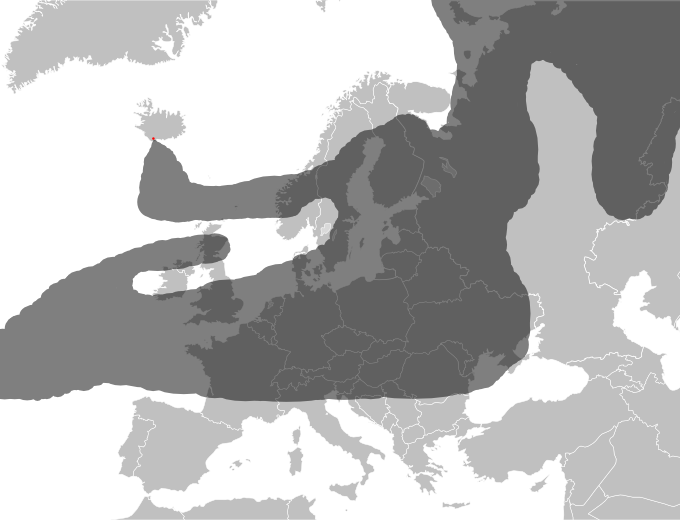The increasing number of primary and secondary sources made available by various online archives and databases continue to aid researchers and enrich the historical community as a whole.
But they have also created challenges for more conventional forms of resource sharing in a community where print arguably remains the standard.
While websites have generally made a more concerted effort to reduce the length of their root URL (uniform resource locator) in recent years, things like course materials, references, and finding aides have all become bloated with long strings of seemingly random, run-on characters. Continue reading





